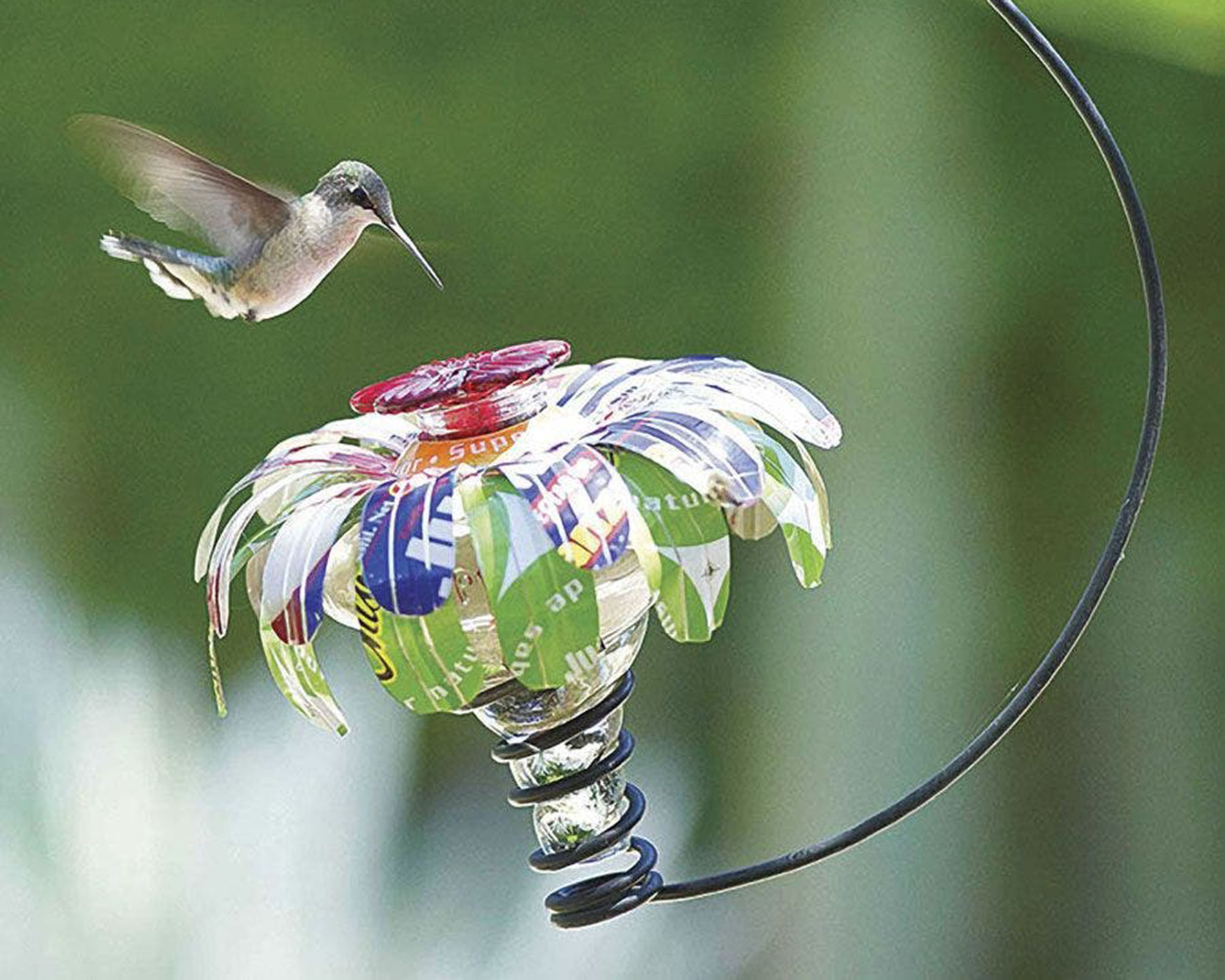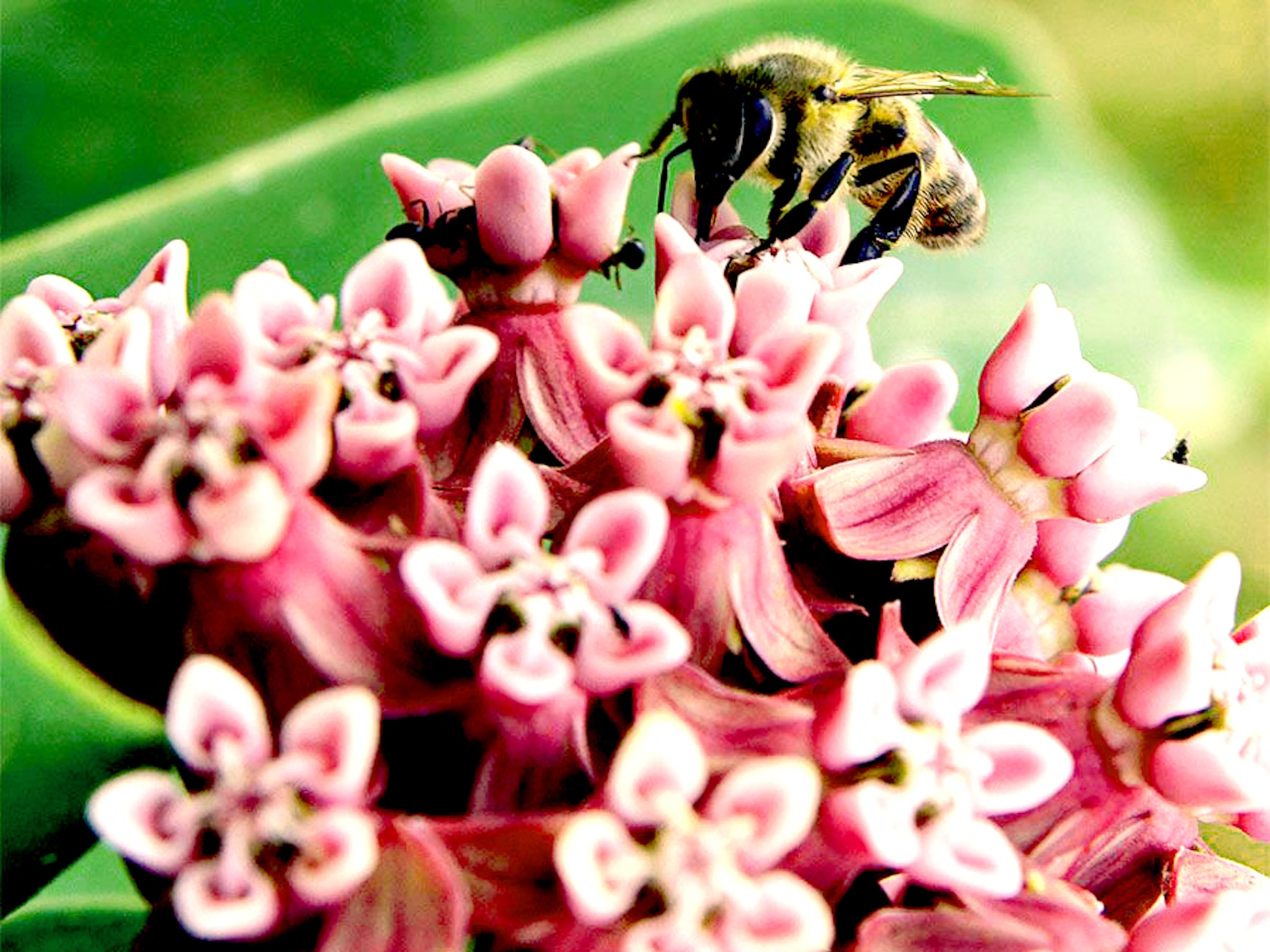Grow Shade Plants for Hummingbirds: 11 Flowers To Bring Hummers To Shady Spots
Just because your garden has a few shady corners doesn’t mean they can’t attract pollinators. Try these 11 charming and easygoing shade plants for hummingbirds

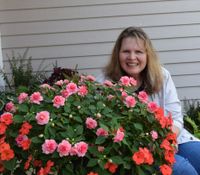
Amy Draiss
The hummingbird migration from Central America and Mexico to the US and Canada is an amazing feat – so it's right to treat these lovely creatures to some hard-earned nectar as they pass by our gardens. For gardeners interested in attracting hummingbirds, it’s tempting to focus on nectar-rich plants that grow in full sunshine. But there are also plenty of shade plants for hummingbirds.
Creating a hummingbird haven in a shady area gives these tiny birds a chance to cool down and rest. So why not grow some of these low maintenance shade plants for hummers? It’s a great way to transform a neglected shady area into a colorful wildlife paradise.
Choosing the Best Shade Plants for Hummingbirds
Many people enjoy feeding hummingbirds with special feeders that hold sugar water. Some of these feeders, like the Sugar Shack hummingbird feeder in the Gardening Know How Shop, look really smart and are a great way to brighten up shady spots. But hummingbirds also enjoy visiting native and non-native nectar plants.
The best shade-loving plants have brightly colored tubular flowers for hummingbirds. These can be red, yellow, pink, purple and orange. Besides the nourishment from the flower nectar, hummers also eat the insects and spiders on the plants. Trees and shrubs provide shelter and rest between feedings and, if you are lucky, a place to nest! So factor all this into your planting plans to attract hummers.
Try to provide a smorgasbord of hummingbird plants for shade. Choose a variety of seasonal plants so something is always blooming from spring through fall. Annual shade plants for hummingbirds such as impatiens and pentas will bloom all season. Perennial shade plants for hummingbirds will bloom at specific times of the year. Here are some pretty options for shade and partial shade plants for hummingbirds.
1. Columbine

Columbine (Aquilegia spp.) is a spring-blooming perennial that spreads by seeds. The native variety is reddish and cream, but cultivars come in pink, salmon, orange, purple, blue and yellow. You’ll see columbines flower around the same time that migrating hummingbirds are returning from their winter homes.
Plant these nectar-rich woodland plants in moist, well-draining soil in partial shade. Columbines thrive in USDA zones 3-8.
Sign up for the Gardening Know How newsletter today and receive a free copy of our e-book "How to Grow Delicious Tomatoes".
2. Coral Trumpet Honeysuckle
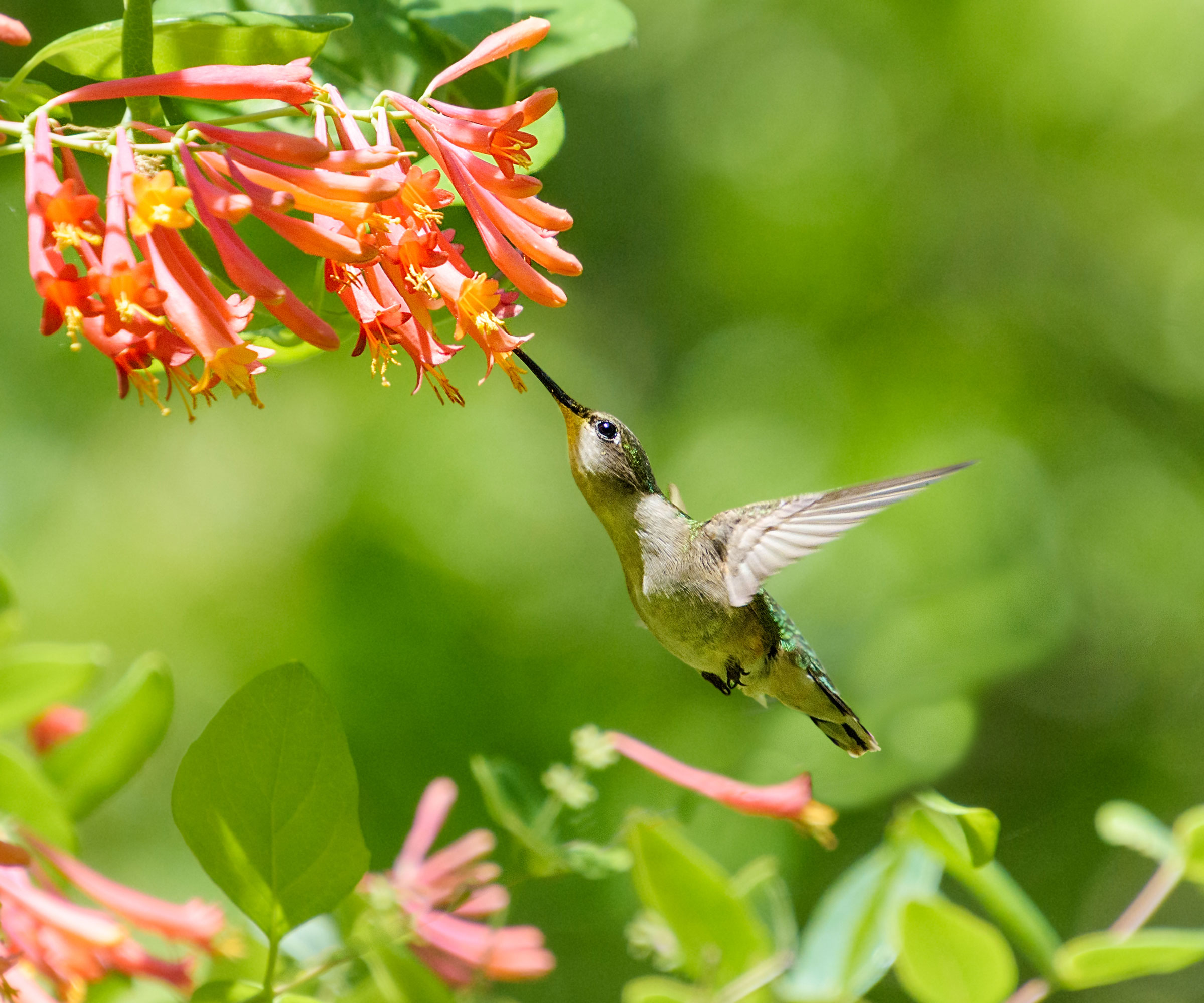
This native trumpet honeysuckle vine starts blooming in early spring and continues until first frost. Its distinctive orange-red tubular flowers present in rich clusters that delight hummers and butterflies. These are some of the best flowering vines you can grow to attract birds to shady spots.
Plant coral honeysuckle (Lonicera sempervirens) in rich soil in full sun to part shade against a sturdy trellis. You can buy vibrant ‘Major Wheeler’ Trumpet Honeysuckle in the Gardening Know How Shop. These plants thrive in USDA zones 4-9.
3. Fuchsia

Fuchsia plants (F. hybrida) are a must-have hanging basket ornamental for hummingbirds, and delight with their masses of dangling flower heads. These plants grow up to 2ft (0.6m) tall, depending on the variety. You can grow them in multiple color combinations, including red, purple, pink and white.
Fuchsia plants benefit from a little morning sunlight, but they won’t live long in direct afternoon sunlight or extreme heat. So grow fuchsias in moist, well-draining soil in partial shade to shade. They bloom from late spring to fall in USDA zones 9-10.
4. Impatiens

These annual bedding or container plants form mounds of colorful single or double flowers. You can find impatiens plants (I. walleriana) that develop flowers in hues of salmon, orange, pink, white and red. They bloom from spring to frost.
It’s best to grow impatiens in moist, well-drained soil in partial shade or full shade. These plants thrive in USDA zones 10-11 and reach up to 2ft (0.6m) tall and wide. The native impatiens (I. capensis) is easily grown from seed.
5. Wishbone Plant
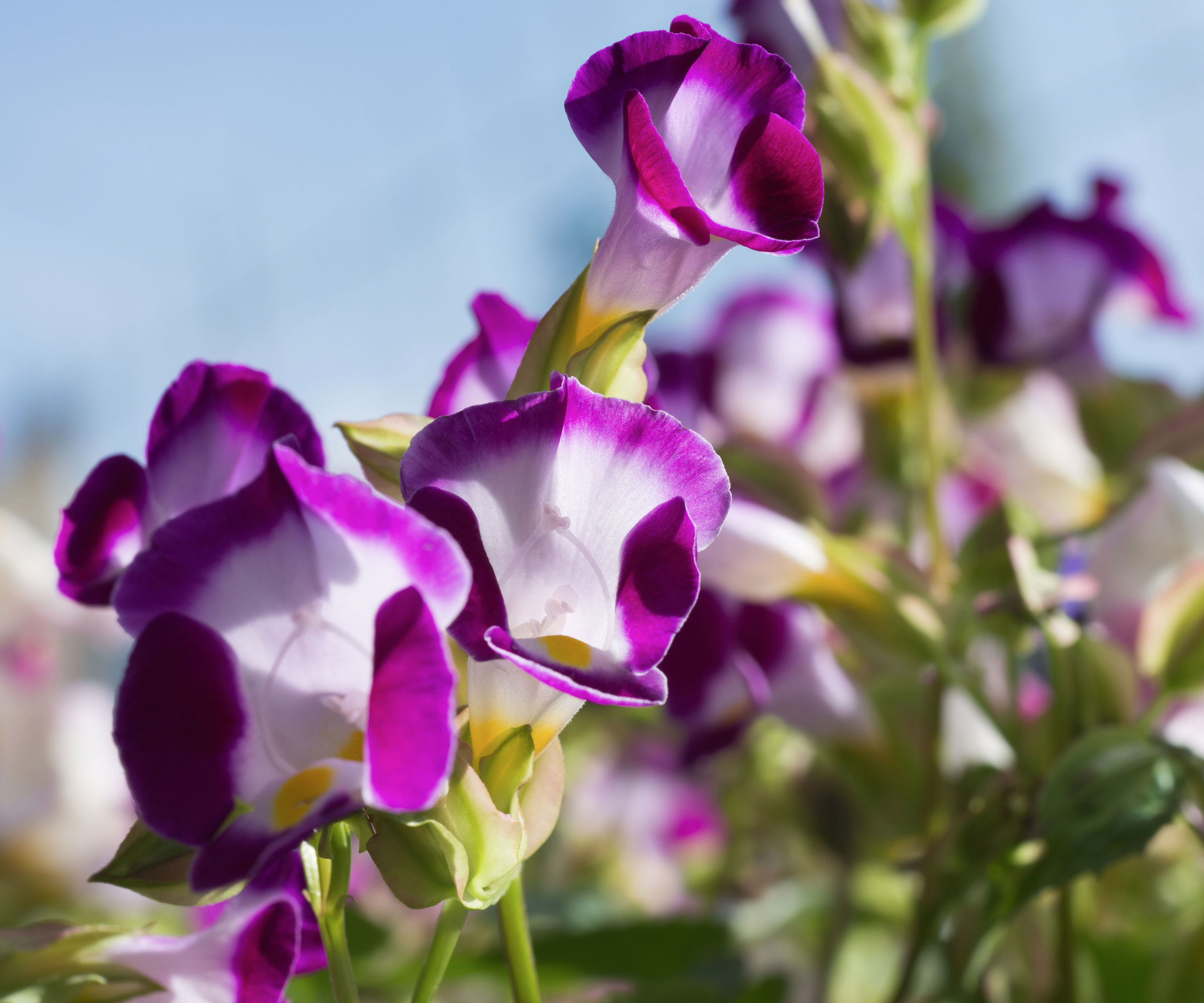
An annual that thrives in moist, fertile soil and partial shade, the wishbone plant (Torenia fournieri) blooms nonstop from spring to fall. When growing wishbones, you will find that torenia flowers are similar to snapdragons. You can find varieties that develop pink, violet, purple or yellow flowers. These plants grow 12 inches (30cm) tall and thrive in USDA zones 10-11.
6. Woodland Phlox

Woodland phlox (Phlox divaricata) develops true blue flower clusters that bloom from early to late spring. If you care for your woodland phlox, this native plant will grow 12-15in (30-38cm) in height. This pretty ornamental prefers dappled shade but also tolerates deep shade. It flourishes in USDA zones 3-8.
7. Coral Bells

Heuchera, also known as coral bells ((Heuchera spp.), is a mounding perennial in a variety of leaf colors that grows in part shade. In early summer, spikes of tiny flowers bring hummingbirds for a limited time. Grows up to 2ft tall (0.6m). USDA zones 3-9.
There’s a great deal of variety in foliage color. For a crackling rich display of copper-purple foliage, try ‘Bronze Wave’ Heuchera by Green Promise Farms, available in the Gardening Know How Shop – hummers will love those pinky blooms.
8. Salvia

Salvias (Salvia guaranitica) are some of the most easy-going hummer-friendly plants you can grow in the shade. This long-blooming perennial can dazzle with deep blue tubular flowers from late spring to first frost. Grow in average soil and part shade, and it will eventually form a shrub 3ft (1m) tall and wide.
While there are some excellent salvia varieties for quiet corners, an especially great variety for hummers in summer is ‘Black and Blue’. Grow salvias in USDA zones 7-10 for the longest season of growth and color.
9. Red Buckeye

Red buckeye (Aesculus pavia) is one of the best flowering natives for shade – and the bonus is that it is highly attractive to hummingbirds. This deciduous native tree is capable of reaching 25ft (7.6m) tall if kept in a cool, partially shady corner.
If grown in moist, well draining soil in USDA zones 4-8, you will be rewarded with red tubular flowers from late April to June. Just bear in mind that all parts of the plant are highly poisonous to humans!
10. Cardinal Flower
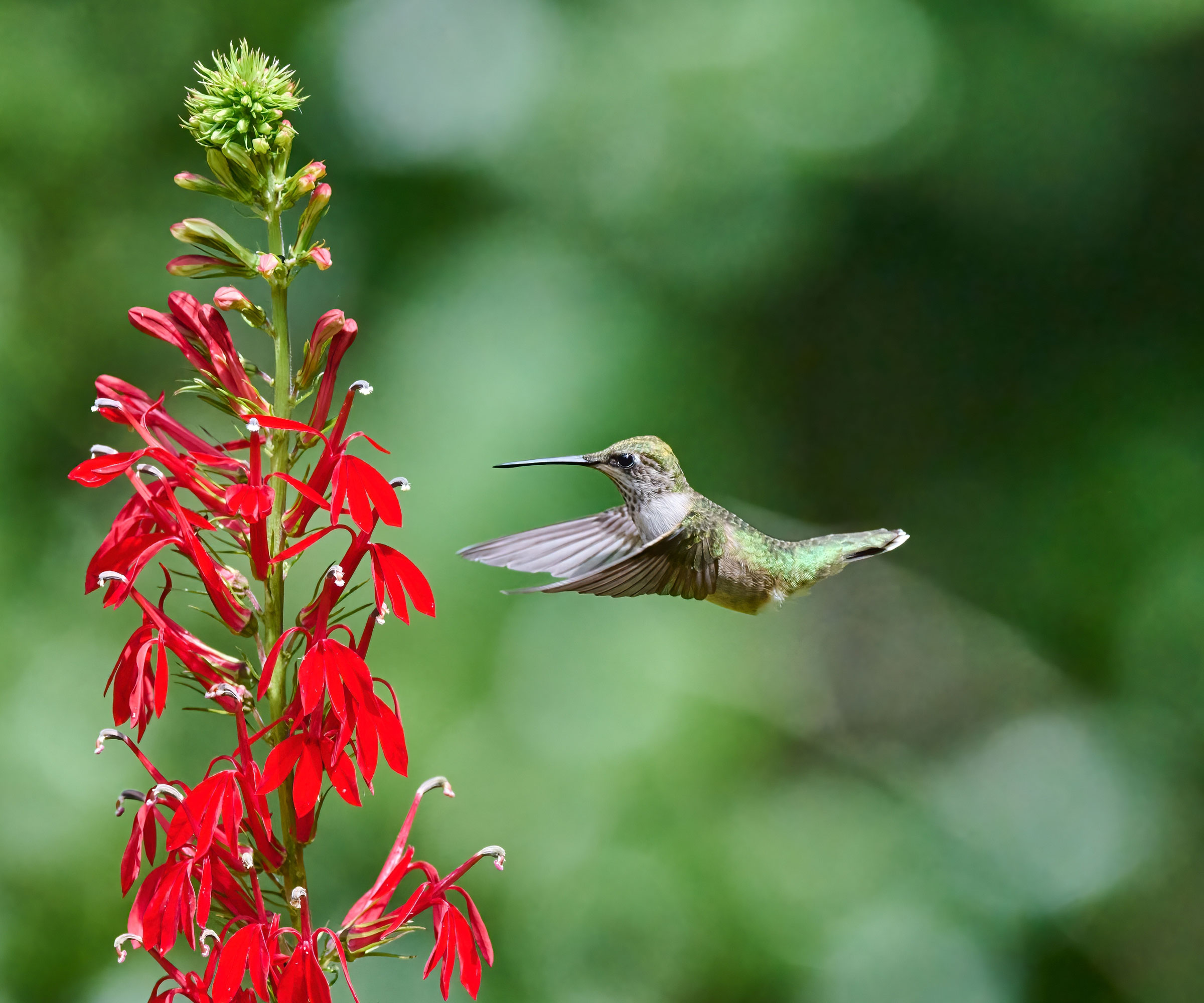
This striking native perennial develops 2-4ft (0.6-1.2m) flower spikes in late summer, filled with tubular red blooms. The nectar-rich blooms of the red cardinal flower provide sustenance when many other flowers have peaked and started dying back.
You can buy red cardinal flowers and also blue cardinals in the Gardening Know How Shop. Grow cardinal flowers (Lobelia cardinalis) in fertile, moist, well draining soil and partial shade. USDA zones 3-9.
11. Toad Lily
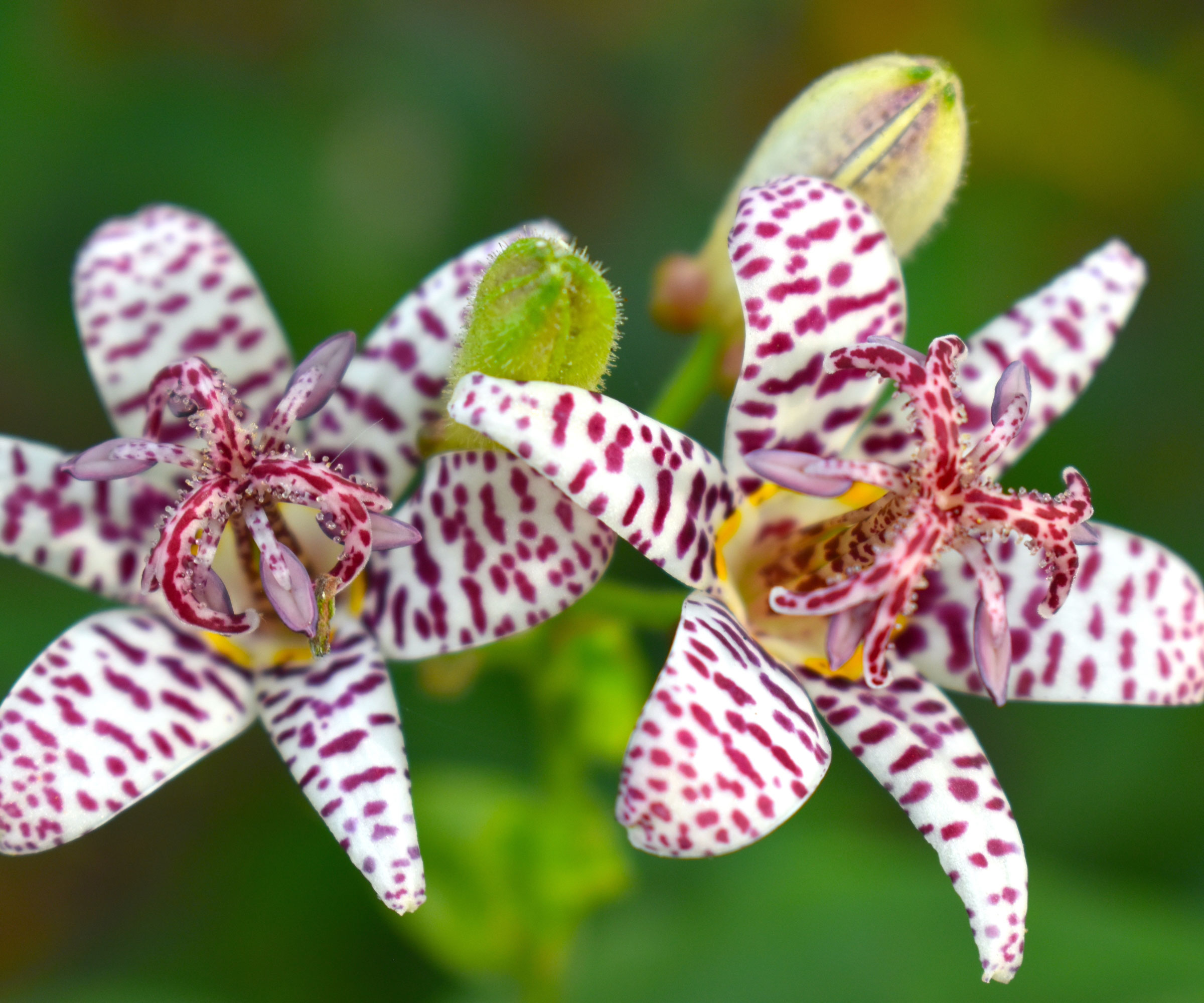
Toad lilies (Tricyrtis formosana) are amongst the best hummingbird plants for shade because the flowers bloom late in the season. This means they provide an energy boost for hummers preparing to fly south for the winter. This shade-loving perennial produces small, orchid-like blooms from late summer to fall.
This toad lily’s petite, orchid-like blooms are white and pale lavender with purple blotches. Grow this perennial in fertile, well draining soil. It loves full or partial shade in USDA zones 4-9 and can grow 3ft tall (1m).
This article features products available from third party vendors on the Gardening Know How Shop. Keep in mind that our plant inventory is limited - so if you’re thinking of purchasing, don’t wait!
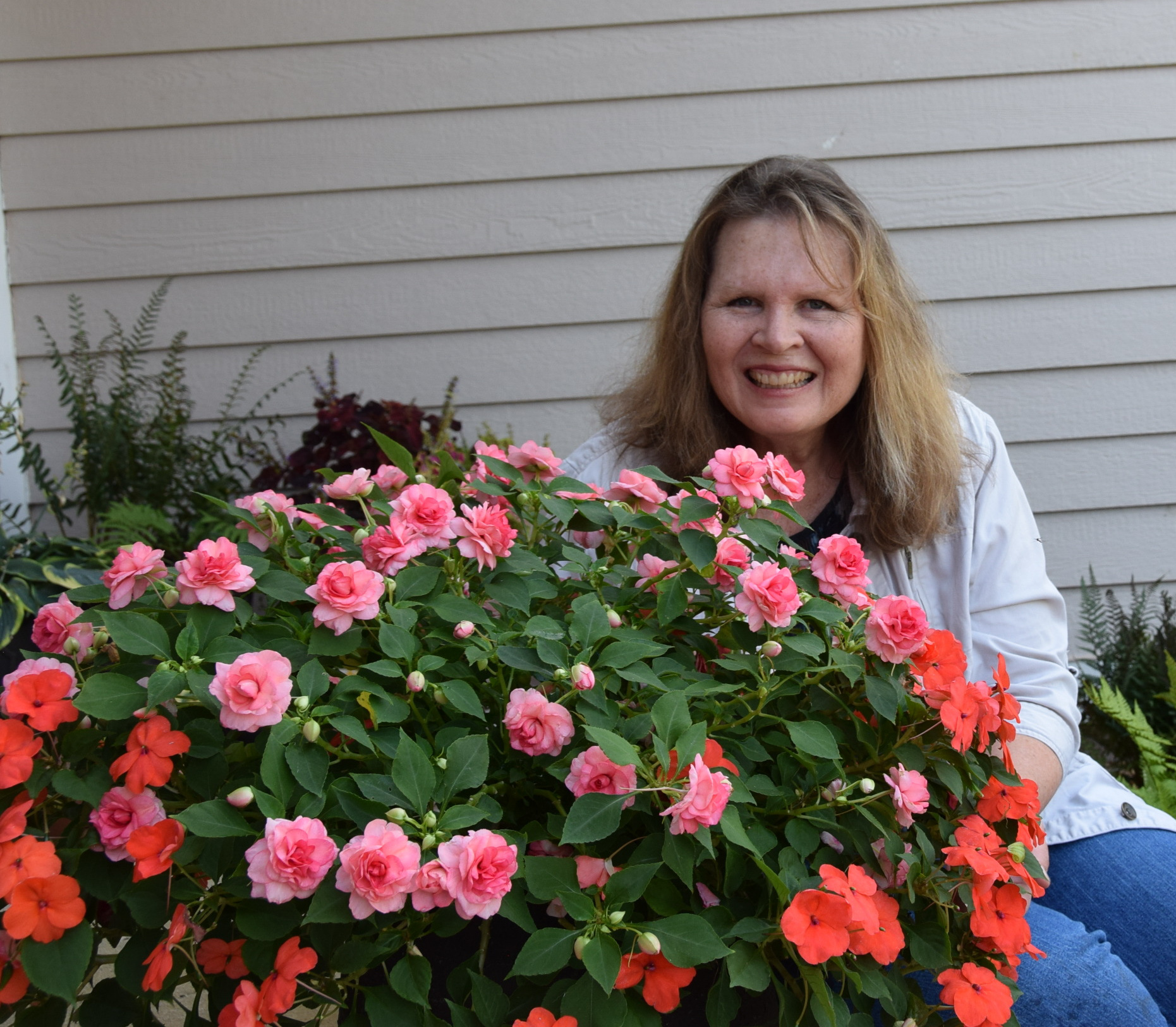
After graduating from Oklahoma State University with a degree in English, Susan pursued a career in communications. In addition, she wrote garden articles for magazines and authored a newspaper gardening column for many years. She contributed South-Central regional gardening columns for four years to Lowes.com. While living in Oklahoma, she served as a master gardener for 17 years.
- Amy DraissDigital Community Manager
